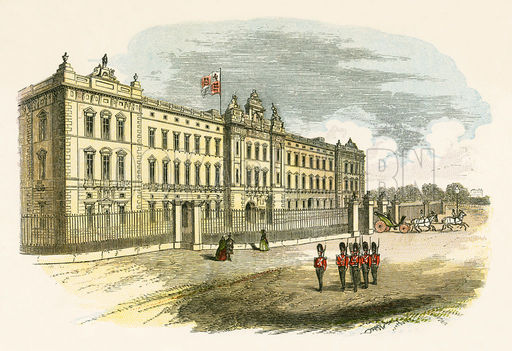On January 1, 1502, Gaspar de Lemos arrived in Brazil from Portugal and entered the Baía de Guanabara, inhabited at the time by the Tamoio people. He mistook the bay for the entrance of a river and named it Rio de Janeiro, which means “the January River”.
The French also settled an outpost here, in 1555, for wood trading, and formed an alliance with the Tamoio tribes against the Portuguese, but were expelled in 1567. Tamoio tribes were also driven out of the region by the Portuguese who founded the settlement of Sao Sebastiao do Rio de Janeiro.
By the 17th century, Rio became an important Brazilian settlement, African slaves being brought to work on sugar plantations and later in the gold mines of Minas Gerais. These gold mines proved to be so successful, that further increased the importance of Rio de Janeiro as gold and diamonds from Minas Gerais arrived in Rio.
The growing importance of the city was officially recognized when the capital was relocated from Salvador, Bahia, to Rio. The wealth brought to Rio by the transportation of gold transformed the social structure, giving birth to a free working class, in contrast to the classical structure of colonial settlements, based only on master-slave relationship.
Before the invasion of Napoleon in Portugal in 1808, the monarch and his court of 15,000 people embarked on the ships and started the voyage to Brazil. His overseas (Brazilian) subjects celebrated the arrival of the sovereign as he took over the rule of Brazil from his viceroy.
Eventually, Dom João became king of Portugal, but because of his love for Brazil, he stayed and declared Rio the capital of the newly established United Kingdom of Portugal, Brazil and the Algarve.
In conjunction with the independence of Brazil in 1822 came the decline of gold production and exportation. Labor and efforts were directed toward a new product: the coffee. Coffee production and trade led to the development of other sectors and branches, such as railroads, needed for an efficient transportation.
The rails connected many of the cities and led to increased economic gains for each one. In 1889, however, the coffee industry in Rio began to decline due to erosion, soil problems and their dependence on slavery. This brought on an economic decline and Rio lost political power to São Paulo and Minas Gerais.
Towards the end of the 19th century, the city’s population grew rapidly, due to immigration from Europe and even due to internal migration. By 1891, Rio was hosting a population exceeding half a million inhabitants. The city continued developing and spreading at a rapid pace over the next two centuries, removing mountains, reclaiming bay water and constructing skyscrapers in the process. The period between 1920 and 1950 is considered Rio’s golden age.
The oligarchy of São Paulo – Minas was disrupted and Rio boomed economically by building steel mills, shipyards and an impressive leap in the oil industry. It became an exotic destination due to its grand hotels, where celebrities from around the world came to enjoy local entertainment or playing at casinos in the city.
Rio remained the political capital of Brazil until 1960, with the inauguration of Brasilia and the transfer of institutions to the new capital. During the 1960s, many skyscrapers rose in the city, but in the same time many of Rio’s most beautiful buildings were lost forever.
During the same period, the favelas of Rio grew to an unmanageable size and immigrants continued to pour into the city, coming from poor areas of the Northeast and the interior of the country. The poor population of Rio de Janeiro has become increasingly numerous, causing an increase in crime and violence.
From 1964 to 1985, Brazil was a military dictatorship, but was a tumultuous time, with notable protests, such as in 1968 when 100,000 marched upon the Palácio Tiradentes. The military regime opposed by all, including Rio’s politicians, fought by withholding federal funding. This lack of funding has led to a deterioration of the city’s infrastructure.
Nowadays, Rio is financially stable and has found the creative energy that led to its previous development and major development projects have finally found funding. It has become a center of services, a financial center and a center of light industry.
Favelas integration projects came out, by adding the minimum conditions of hygiene, plumbing and electricity, as well as schools, hospitals and community centers. Colonial buildings were restored and revitalized. Beneficial measures, were taken, that led to attracting new business to the city. The cultural life in Rio de Janeiro reborn, and the Carnival of Rio is just one of the moments that displays the festive spirit of the city.








